8.5 °c Wind speed: 26.5 km/h Precipitation: 41 % Cloudiness: 91.5 % Humidity: 78.5 mm Pressure: 41 mb
Keem Bay
Keem
MO
Ireland
Description
Sheltered between steep slopes west of Achill Island, Keem Bay is one of the most picturesque bays in Ireland. Thanks to its white beach, the horseshoe-shaped bay attracts all eyes, even from a distance. The strand stands out in intense contrast to the lush green of the surrounding hills. Keem Bay has jaw-dropping scenery and crystal-clear waters that the whole family can enjoy!
Keem beach
Keem Bay has attracted global attention and awards for its breathtaking beauty. In 2020, a video of basking sharks enjoying the clear Atlantic waters of Keem went viral on the Internet. The bay was a filming location for the Oscar-nominated film, “The Banshees of Inisherin”, 2022. The movie’s beach scenes were filmed at the heart of Keem Bay, the staining Keem Beach. The beach is awarded with the Blue Flag Beach title. The criteria for qualification include water quality, environmental education and management, and safety and services. The lifeguard is stationed on the beach during the summer months. Legend has it that during his long sojourn, St. Patrick looked across to the golden sands of Keem Bay and blessed it, saying that no one would ever drown there. To date, there has never been a drowning within the bay.
Keem Beach is bordered on two sides by cliffs, to the east by the slopes of Croaghaun Mountain, and to the west by a spar called Moyteoge. Its Atlantic waters are home to basking sharks, dolphins and seals along with a wide variety of fish. In recent years, kayakers, swimmers and paddle-boarders have encountered these gentle creatures in the bay. As well as being perfect for a fun family day by the sea, it’s home to a wide range of watersports, including kayaking and surfing. You can find many surfing schools in the local area. The underwater Blueway snorkel trail makes snorkelling especially popular. The trail takes you along the southern side of the bay. Tidal flows here are weak and thus this snorkel trail is suitable for beginners. You may spot Triggerfish and Spider crabs just a few meters under the surface.
Numerous Discovery Points are located along the Wild Atlantic Way, marked with signs bearing the WAW logo. Only fifteen of the many Discovery Points have been chosen as Signature Discovery Points. These places are exceptionally unique and shape the image of Ireland’s remarkable west coast. Thanks to its crystal-clear waters and perfect setting, the bay has been designated as a Signature Point.
Hiking
The eastern wall of this valley is formed by the slopes of Croaghaun (668m). Sea cliffs on the northern side of Croaghan mountain are the highest in Ireland and the UK and the third highest in Europe after Hornelen in Norway at 860 metres and Cape Enniberg on the Faroe Islands at 754 metres. They're only accessible by hiking to the summit of Croaghan or taking a boat trip out.
A former coastguard watchhouse is at the top of this spar, about 200m. For hillwalkers, this spot marks the start of a breathtaking 1.5km walk along the top of the cliffs of Benmore. The walk ends at Achill Head, the most westerly point of Achill Island. It takes around 30 minutes to get up and about 25 to get down. If there’s been any kind of rain, the ‘trail’ up to the top is extremely slippy, so good footwear is needed.
Being virtually uninhabited, Keem Bay is a peaceful and magnificent place for retreat from busy cities. The only building is a former coastguard station. During the 19th century, the British government established a lifeboat station that was operational for over 100 years. It offered a vital service for those who lived and worked on the coast.
Getting there: road and parking
On a sunny day, Keem Bay and Beach feel like a little piece of heaven on earth. And the experience starts before you even get there, as you approach the winding and breathtaking cliff-top road. The bay is accessible for cars via a road over a twisting route on the side of Croaghaun Mountain. The clifftop road was constructed in the 1960s along the path of an older track.
This road also crosses a local geological boundary, exposing a seam of amethyst quartz. Amethyst is a semiprecious stone with a magnificent purple-to-violet colouration. It is said in folklore to have many properties, such as being a love charm, protecting against thieves, and being an aide to sleep. For treasure seekers, the best time to search is immediately after heavy rainfall.
During the summer months, parking at Keem Beach is chaotic. You’ll reach the Upper Car Park first. We recommend taking any free space here. Also, there is the Lower Car Park, but it fills up fast.
One of the beauties of Keem Bay is that it’s a short spin away from plenty of other things to do on Achill, from hikes and walks to drives and more. If you are not limited in time, visit some of these places nearby. Slievemore Deserted Village, which was abandoned during the 1845 famine, is a 15-minute drive from the bay. At the far end of the bay is Bunowna village. It takes two hours to get to 17 circular stone cottages formerly used as summer residences for herders.
Basking shark fishery
Keem Bay has a strong connection with fishing. Until fairly recently, the waters of Keem Bay were home to the basking shark, grey seals, and numerous varieties of fish. This region was the centre of Achill's shark fishing industry during the middle of the past century. Now, the basking sharks can enjoy the beautiful Achill coastline in peace.
In the 1960s, the basking shark was haunted by local fishermen. For this purpose, they used traditional Irish canvas-covered wooden vessels called curraghs. Spotters on the cliffside on Moyteoge Head shared directions with fishermen. The main reason for hunting was shark’s liver oil. The oil was extracted for export as a fine-grade lubricant for the aerospace industry. The largest specimen of the porbeagle shark was caught off Keem Bay by Dr. O’Donnell-Browne in 1932. It weighed 365lbs. Most likely, the artist Paul Henry used the location when painting his famous canvas 'Launching the Currach' (1910, on display in the National Museum, Dublin).
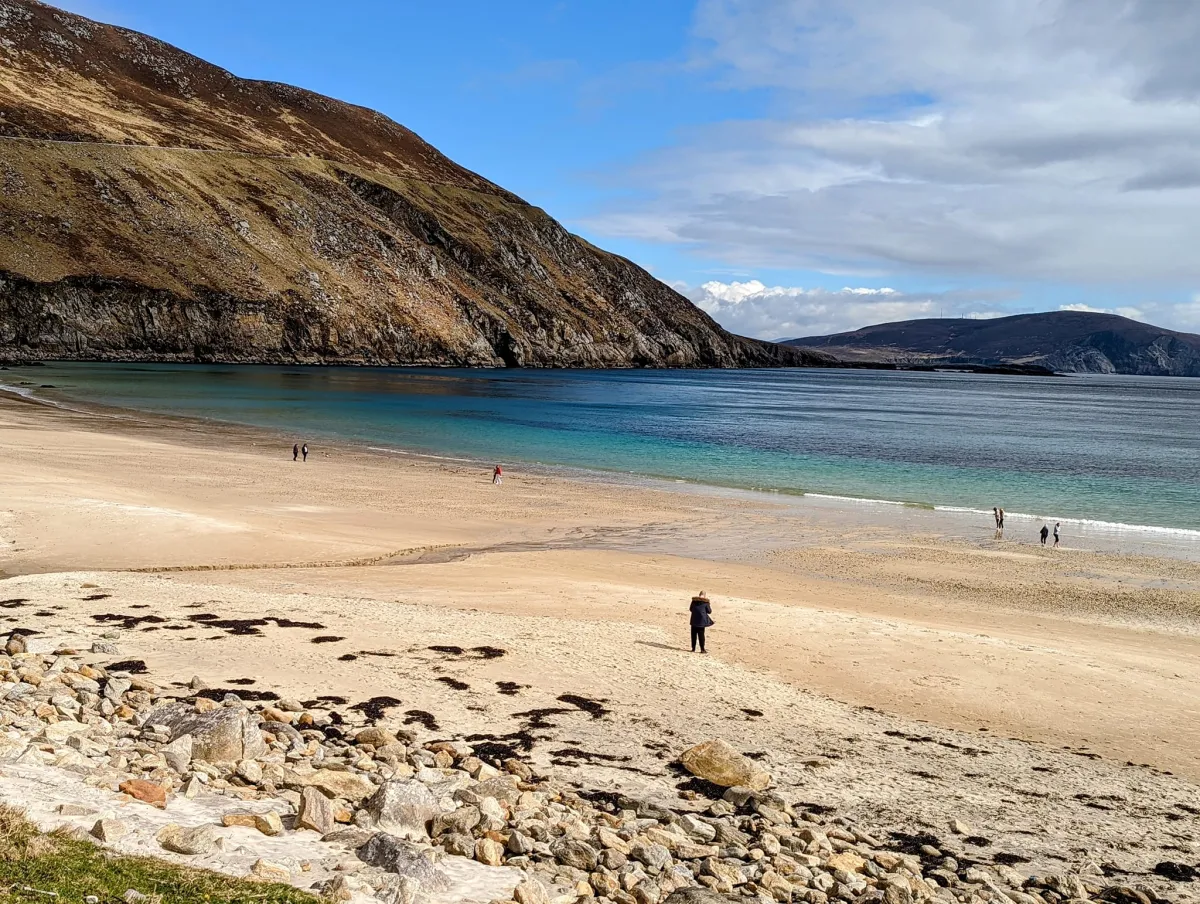
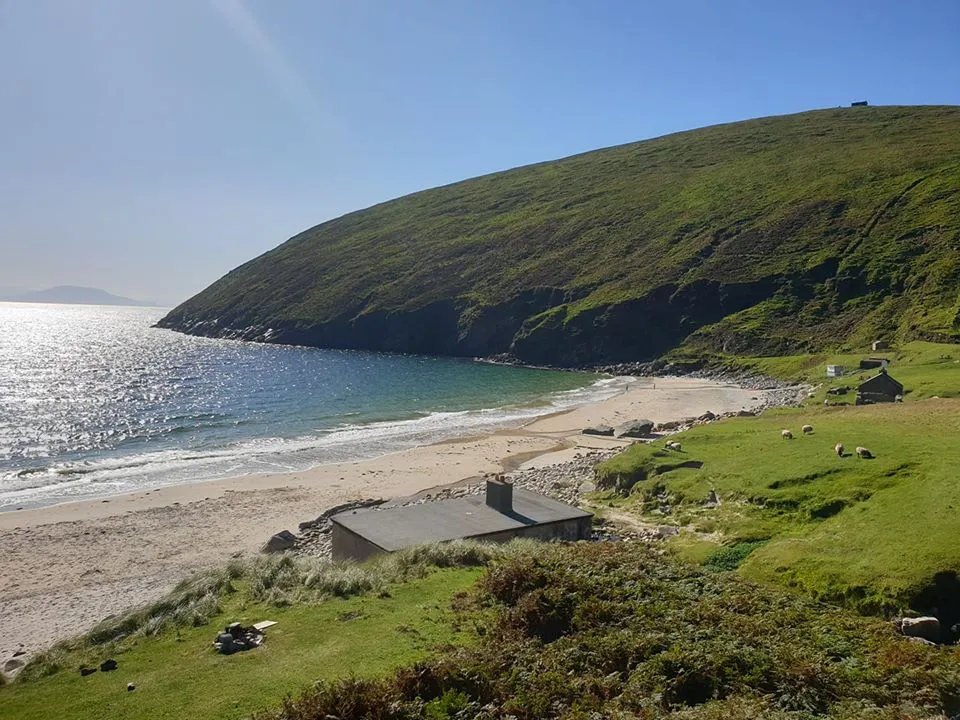

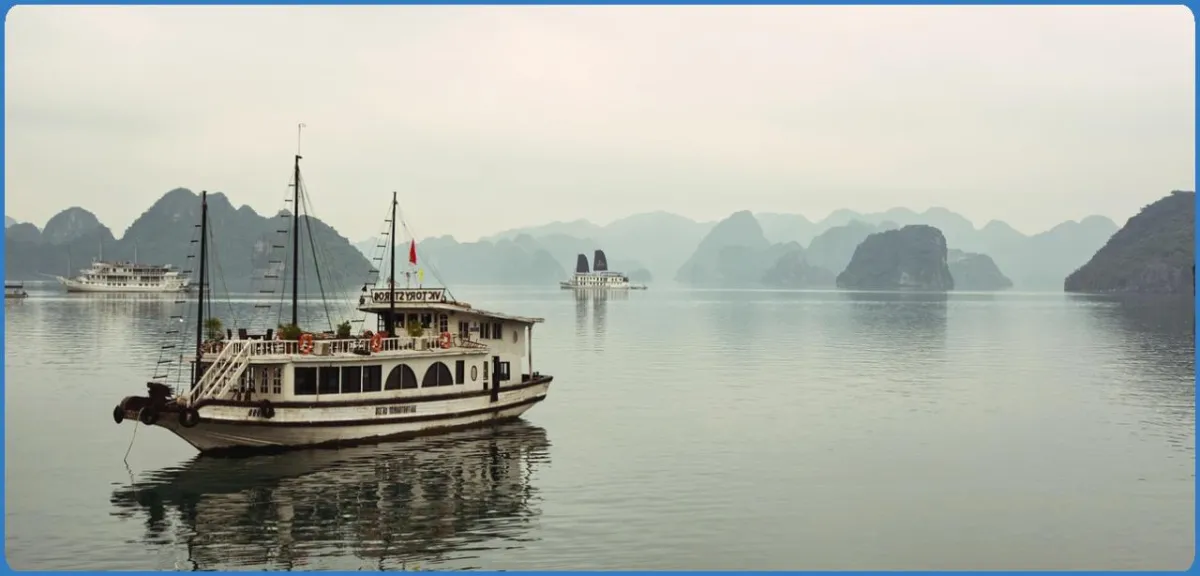
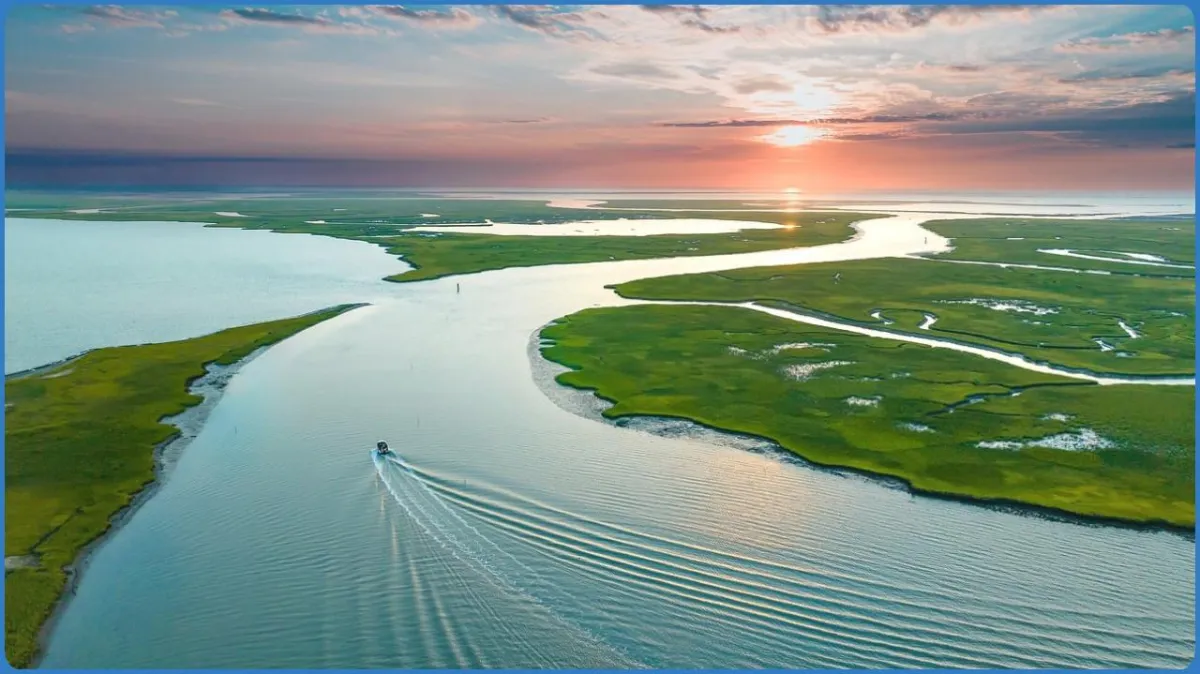
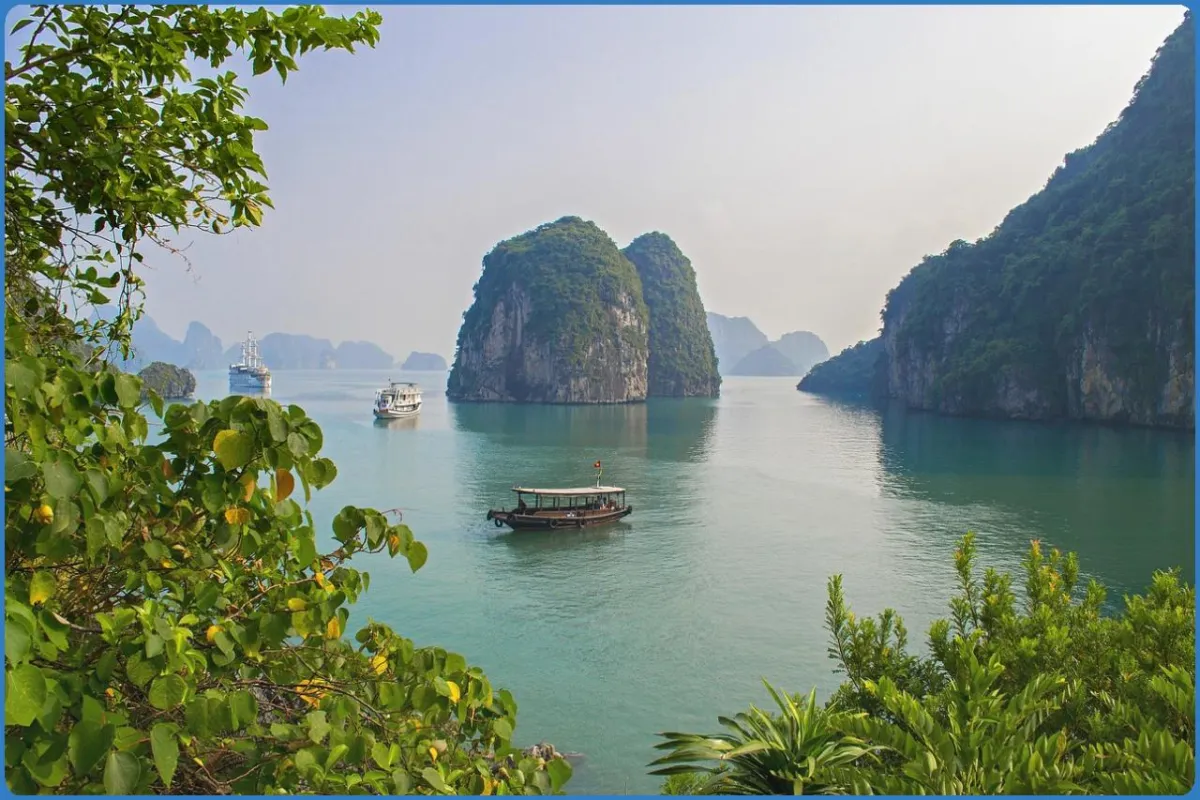
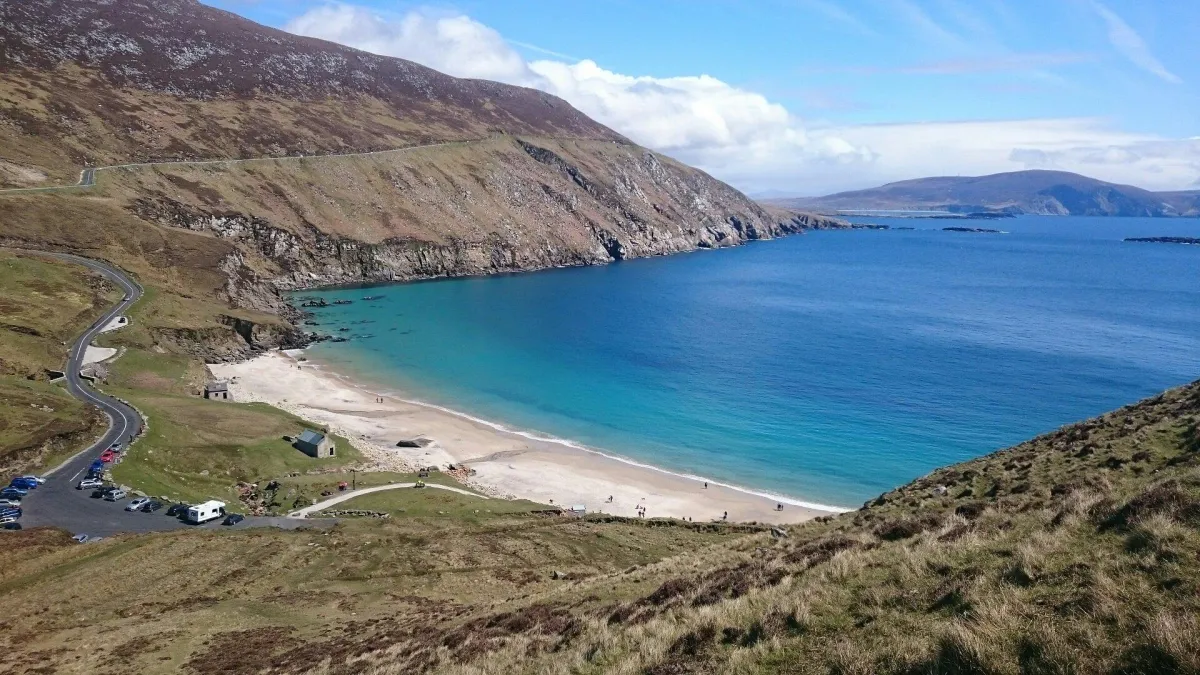
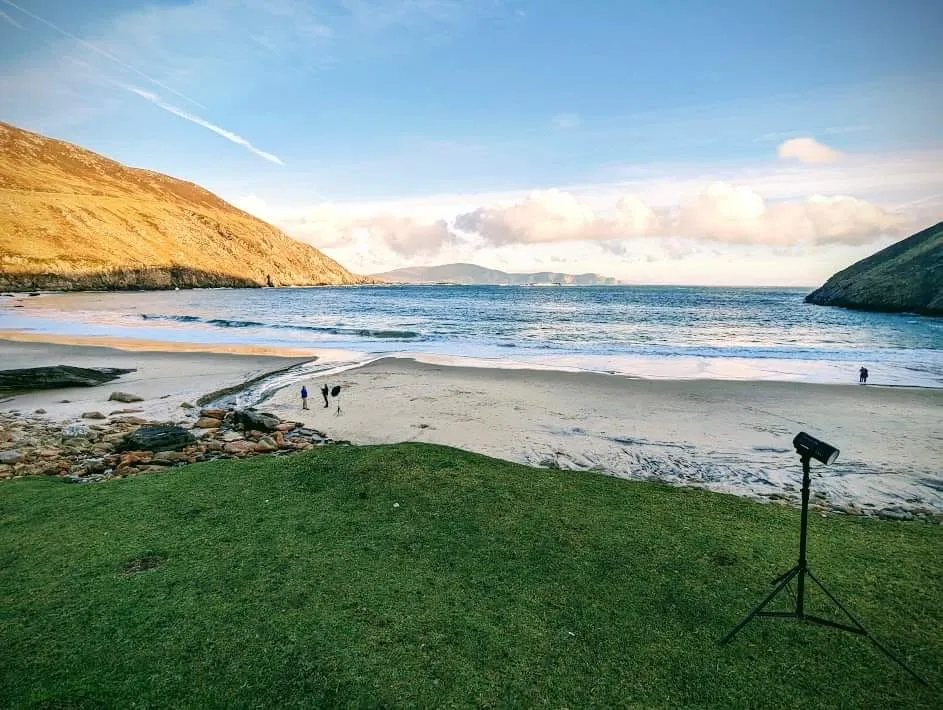
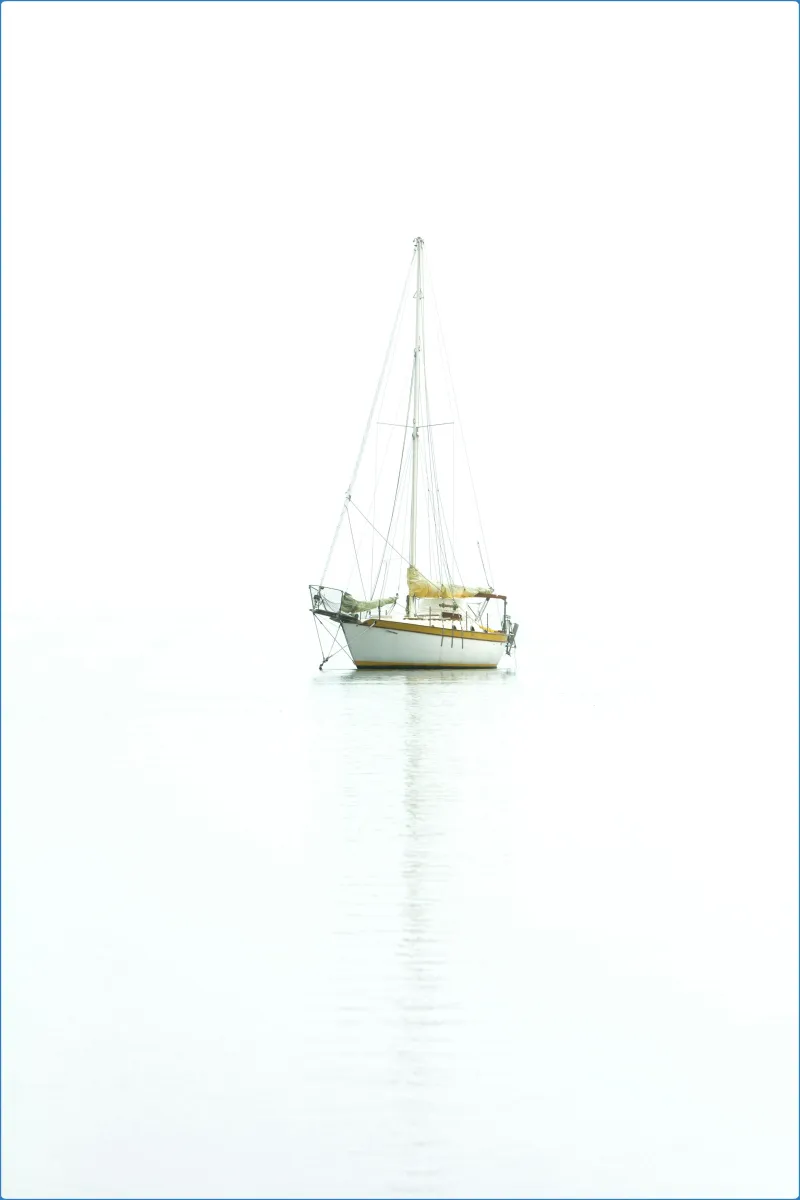
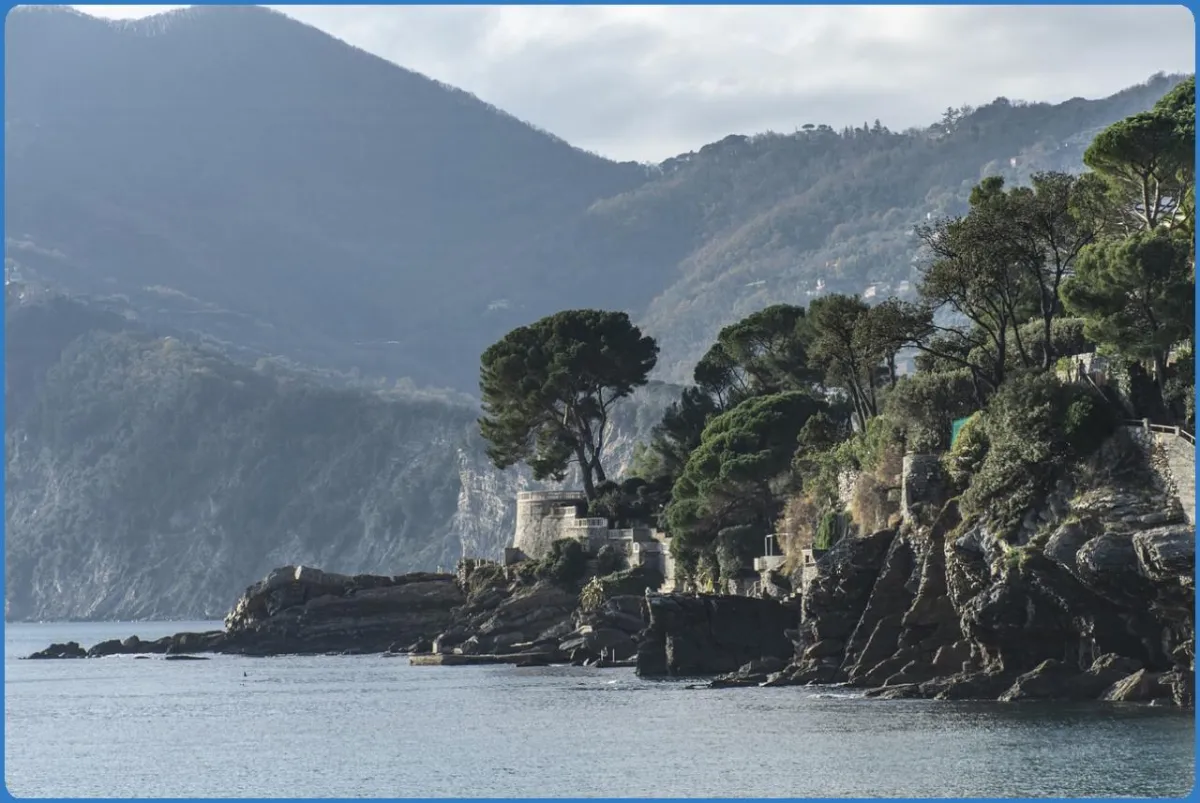
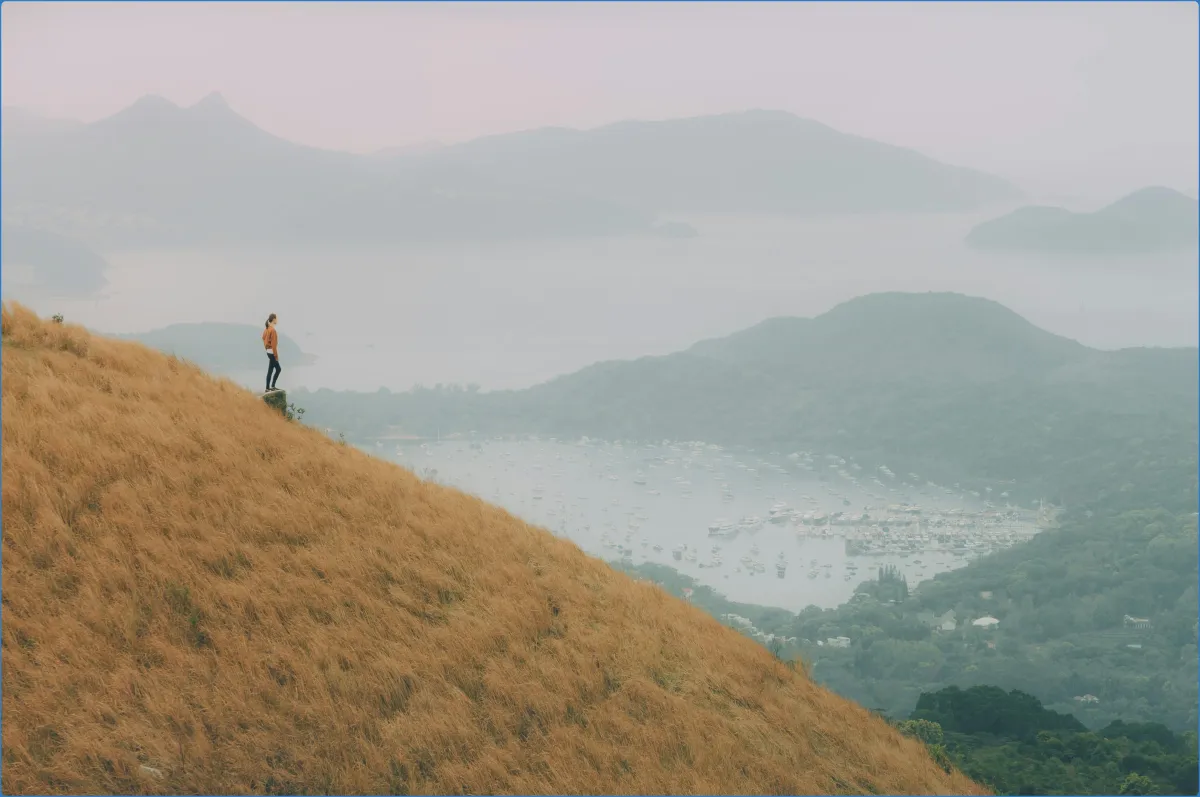
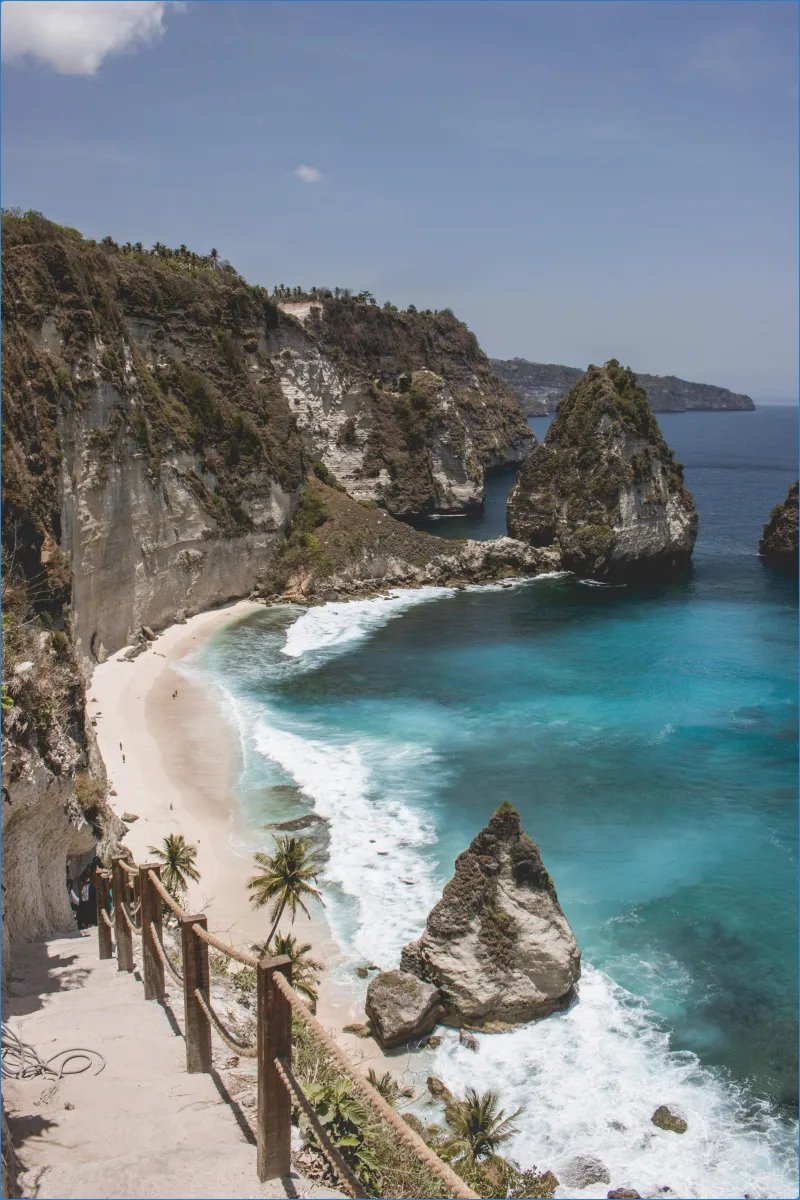
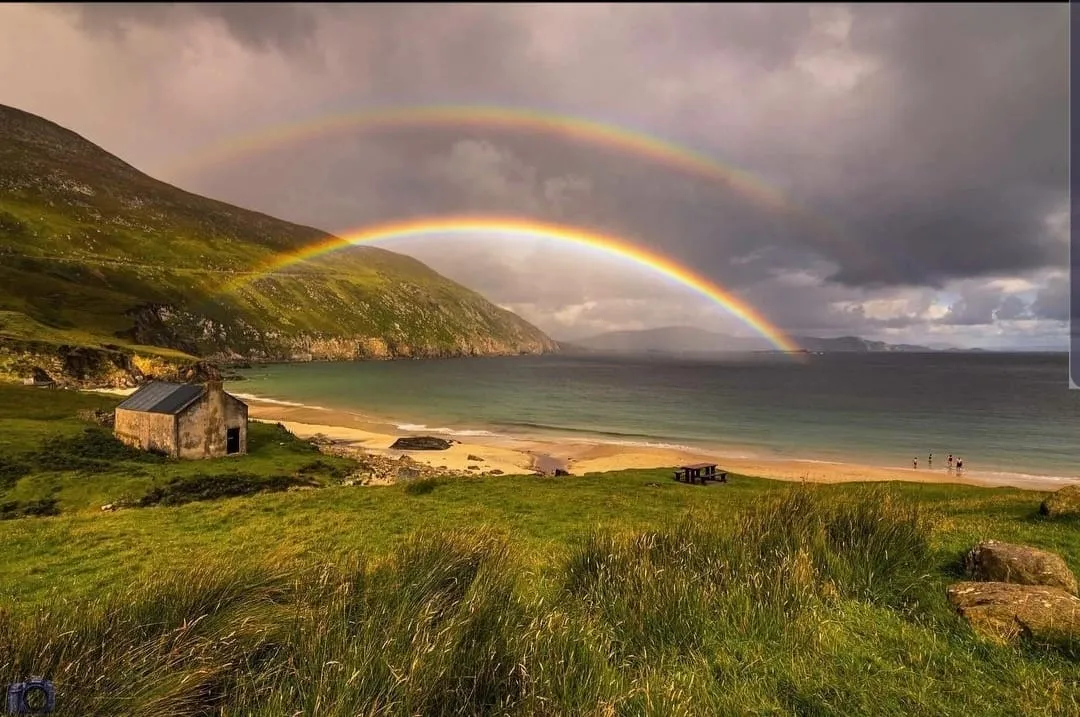
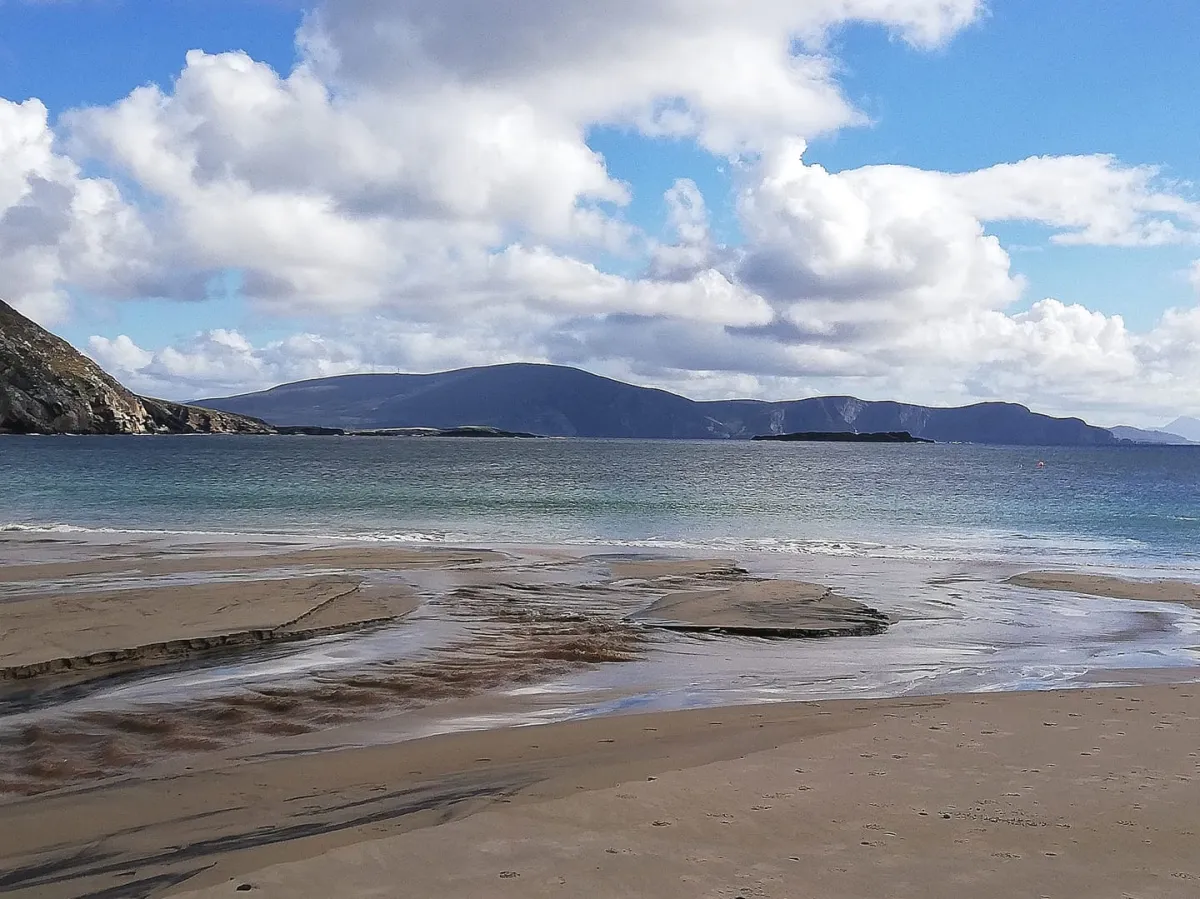
Comments